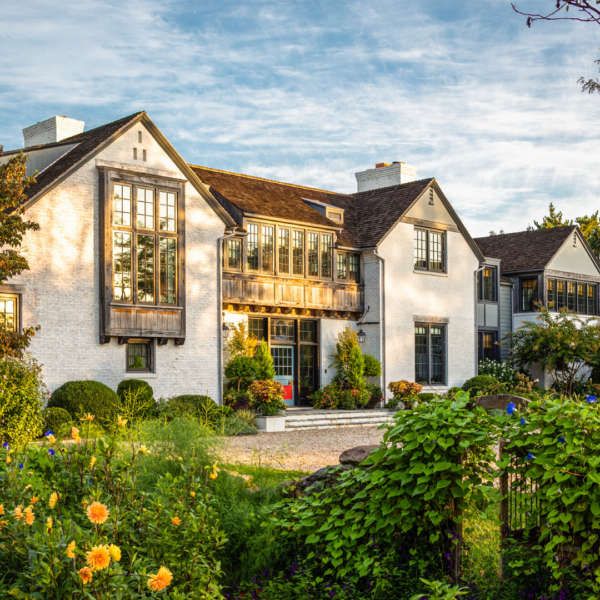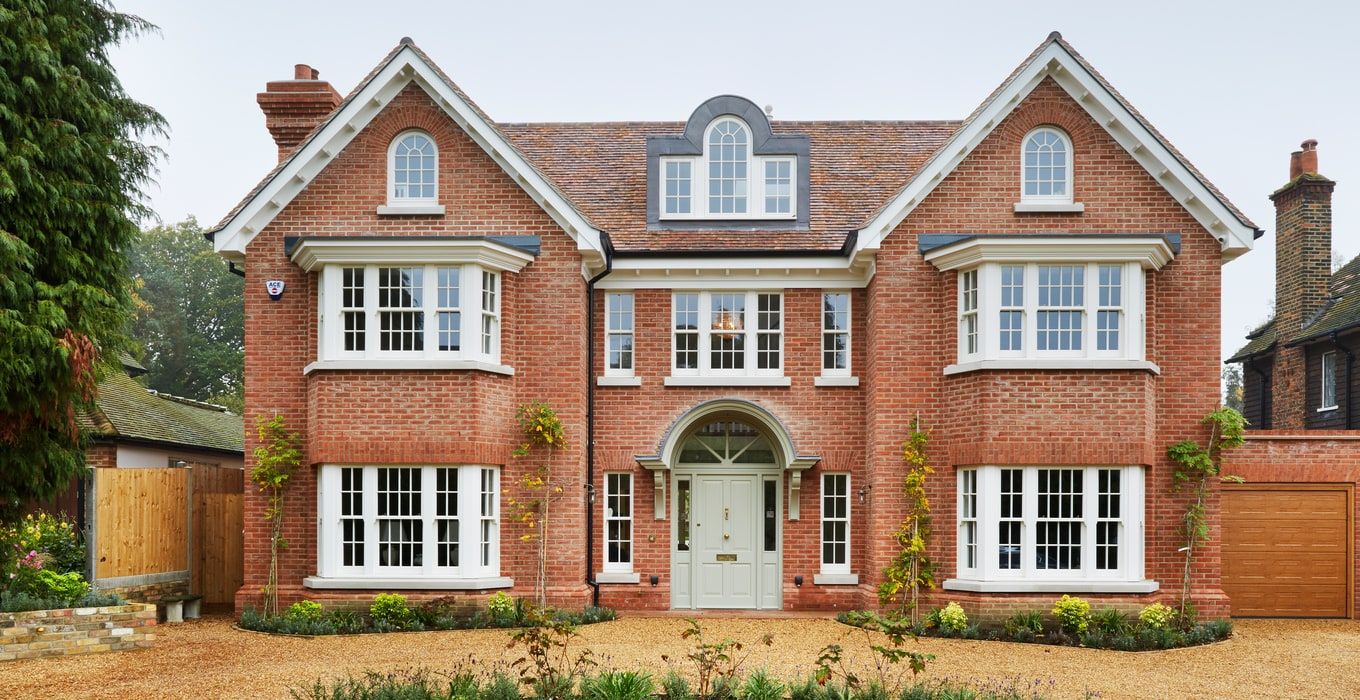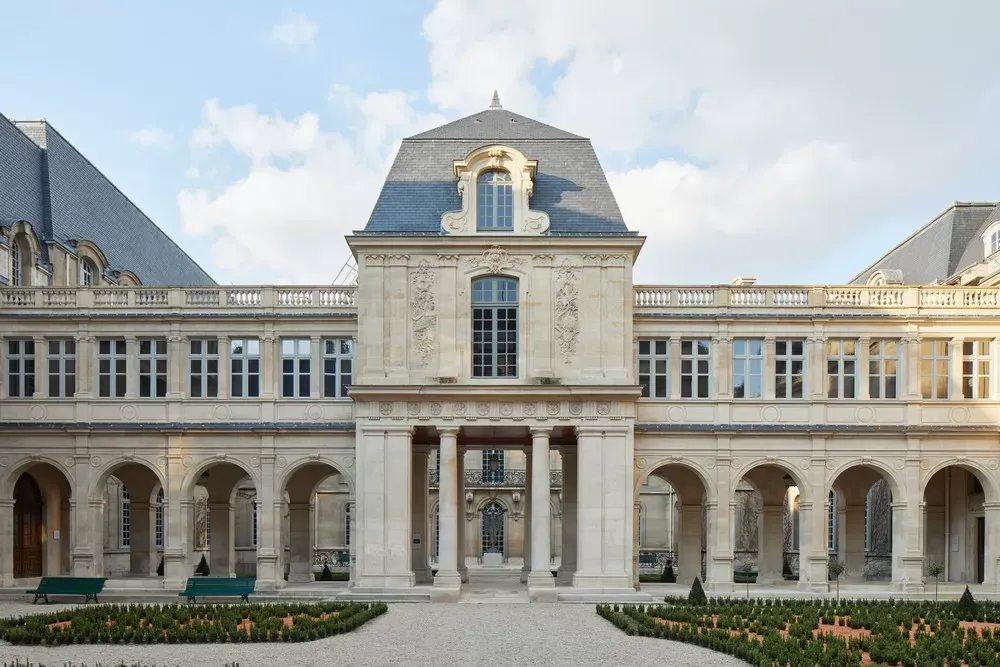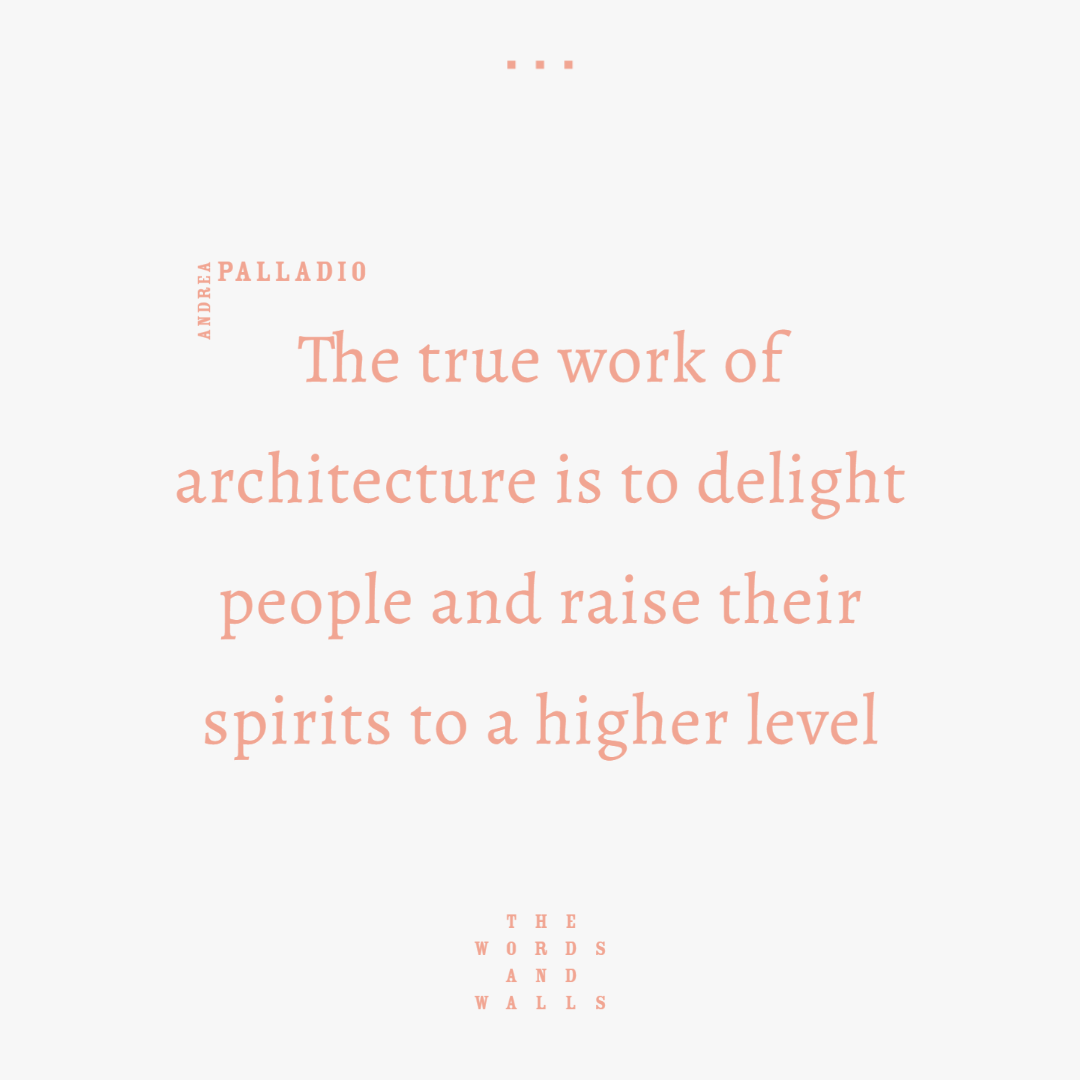Beauty: A Matter of Taste or Timeless Principles?

The reason we don't have beautiful buildings anymore is because we've lost a sense of what "beauty" even means. We've become too focused on novelty and individual expression, rather than timeless and universal ideals of beauty.
When we talk about the beauty of classical architecture, we're really talking about a certain kind of harmony between form and function. There's an organic quality to the designs, where each element supports and enhances the whole. But we can't ignore the fact that these buildings were often created for a different era, with different needs and technologies. So we need to find a way to combine the best of the old and the new.
In classical architecture, every element of a building - from the columns to the roofline - was carefully considered to create a sense of balance and proportion. There was a logic and a rhythm to the design, which is something we've lost in many modern buildings.

The classical approach to architecture is often described as "classical order" for that very reason. Every element has a purpose and a place in the overall design. There's a sense of unity and harmony, rather than a random collection of elements. In contrast, modern architecture can often feel disjointed or chaotic.
One possible explanation for this chaos is the rise of industrialization and mass production. In the past, buildings were constructed by skilled craftsmen who took pride in their work. Every detail was carefully considered and executed with great attention to detail. But with the advent of industrialization, many buildings were constructed using prefabricated materials and techniques. This led to a loss of craftsmanship and an increase in uniformity.
Due to this approach, modern architecture often lacks the careful balance and proportion of classical architecture. In other words, the elements of modern buildings don't seem to fit together in the same harmonious way that classical buildings do.

Another reason is that classical architects were guided by certain principles of design, such as the "golden ratio" or "Fibonacci sequence." These are mathematical proportions that were used to create a sense of natural harmony and balance. In contrast, modern architects often don't adhere to these principles, instead focus on creating striking or unusual designs. As a result, modern buildings often feel like a collection of individual elements, rather than a unified whole.
This lack of unity in modernist buildings can have a negative effect on the people who use them. One reason for this is that our brains are wired to recognize patterns and make connections. When a building has a clear, unified design, our brains can understand it and feel at home in it. But when a building is a jumble of random elements, our brains can't make sense of it. It can feel chaotic and disorienting. This can lead to stress and anxiety, instead of comfort and calm.
Our brains are constantly trying to organize the information that they receive from our surroundings, and when those surroundings are confusing and disjointed, it can cause a sort of mental exhaustion. The effort of trying to understand the space takes a toll on our mental energy. This is known as cognitive load.
We may not be consciously aware of our surroundings but that doesn't mean that those surroundings aren't still having an impact. It's like when we hear background noise without consciously paying attention to it. We may not realize we're hearing it, but our brains are still processing the sounds and being affected by them. In the same way, our brains are still subconsciously trying to make sense of our surroundings, even if we're focused on a specific task. This takes a toll on our mental energy, even if we're not aware of it.

Perhaps the biggest difference between classical and modern architecture is their relationship to the past. Classical architecture is often rooted in history, drawing inspiration from the great buildings of the past. It seeks to create a sense of connection to the past, and to evoke a feeling of tradition and heritage. Modern architecture, on the other hand, often rejects the past in favor of looking to the future.
Also, let's establish that architecture is more than just the design of buildings. It's a way of expressing culture, history, and values. In this light, we can see that classical architecture is often an expression of nostalgia, a way of preserving the past and maintaining a sense of connection to tradition. Modern architecture, on the other hand, can be seen as a rejection of the past and a statement about the present moment. In a sense, classical architecture looks back, while modern architecture looks forward.
So, in very broad strokes, the philosophy behind classical architecture is based on the idea that there is a universal, objective standard of beauty that can be found in the natural world and in the human form. This standard can be used as a guide for creating beautiful and harmonious buildings. The philosophy behind modern architecture, on the other hand, is often based on the idea that beauty is subjective, and that each person has their own unique definition of what is beautiful.
So, one possible benefit of the modern, subjective approach to beauty is that it allows for more innovation and experimentation in architecture. Without being constrained by a fixed standard of beauty, modern architects have the freedom to explore new forms and ideas. This can lead to some truly unique and creative buildings. But on the other hand, this freedom can also lead to some very ugly or dysfunctional designs.

In classical architecture, there's a sense that the building is a work of art, with an emotional resonance that can't be quantified. The goal is to create a building that is both functional and beautiful, in a way that will last for generations. So, what we might be saying is that in modernist architecture, "beauty" is a secondary concern, while in classical architecture, it's primary. Modernism might be more accurately described as "design," rather than "beauty." It's about creating something that works well and serves its purpose, rather than creating something that is purely visually appealing. In this sense, beauty in modernism is more about how well it serves its purpose, rather than how it makes us feel emotionally.
Modernist architects often argued that their designs made life more efficient and less cluttered, which gave people more time and space to focus on the things that really matter in life. In other words, their designs might not have been conventionally "beautiful," but they made life easier and more pleasant in other ways. But in this fast-paced world driven by technology and rapid change, the enduring beauty of classical architecture offers solace and a connection to the essence of what it means to be human. It encourages us to slow down, appreciate our surroundings, and find meaning in the spaces we inhabit. Don't you think so?

Disclaimer: We don't want to create a false divide between classical and modern architecture, labeling one as "good" and the other as "bad." Both styles have their unique strengths and weaknesses, and there are exceptional examples of each. Our aim is to explore the differences between them without passing judgment, respecting the delicate balance of architectural diversity.

